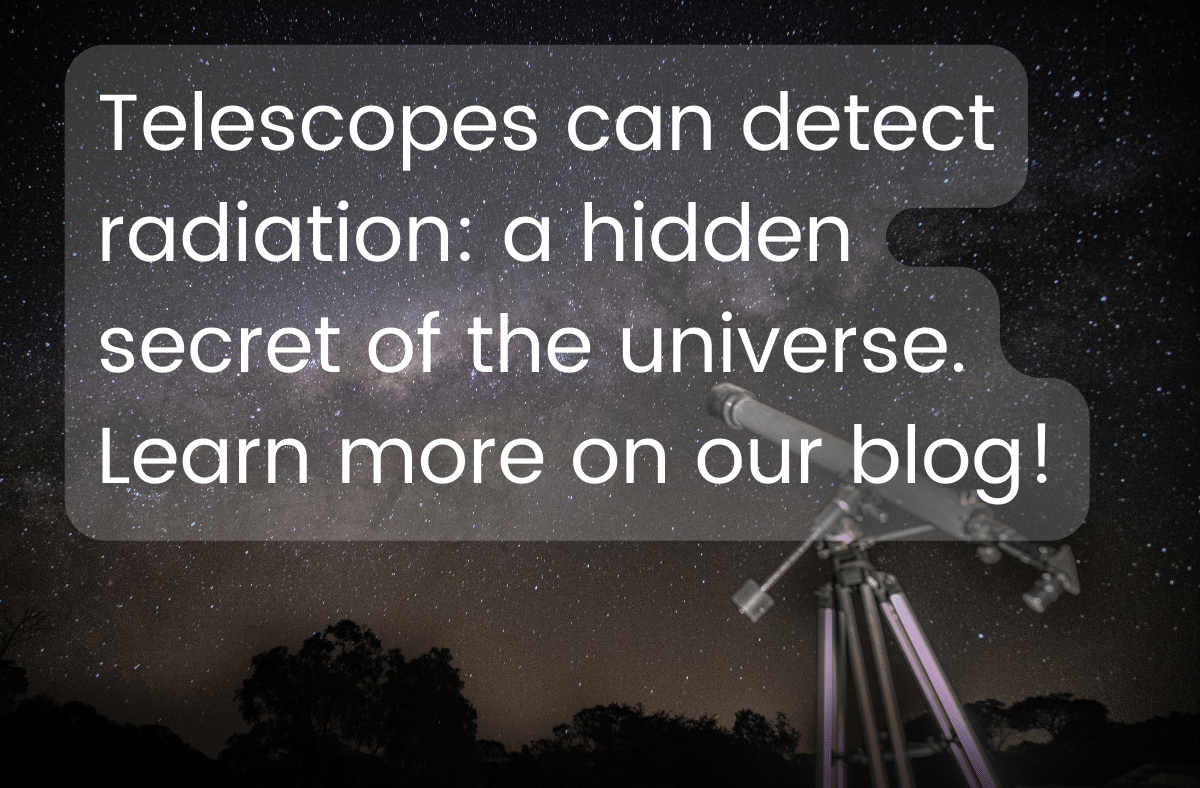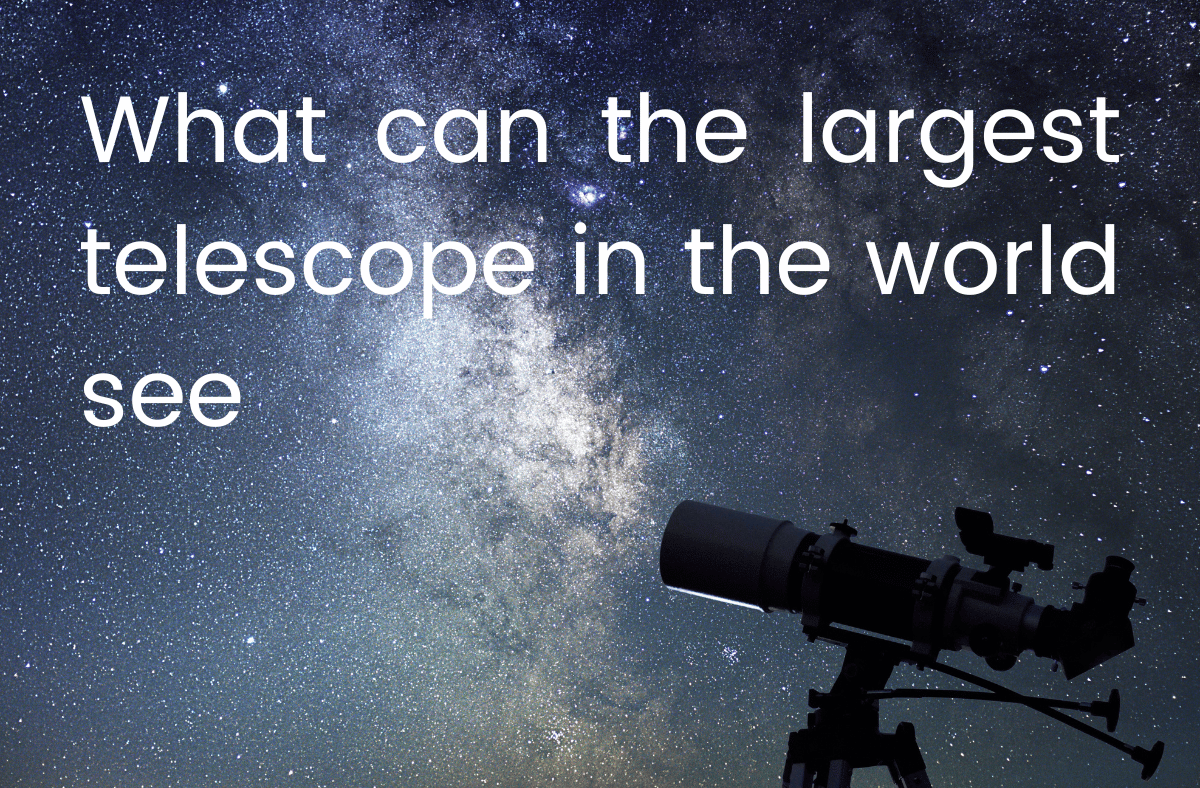For those in a hurry
- Telescopes are devices that collect and focus light from distant objects in space.
- Different types of telescopes are sensitive to different parts of the electromagnetic spectrum, such as radio waves, X-rays, gamma rays and infrared light.
- These types of radiation are invisible to our eyes, but they can reveal important information about the nature and behavior of cosmic objects.
- Telescopes use mirrors, lenses, dishes and detectors to capture and process the radiation they receive.
- Some telescopes are located on Earth, while others are in orbit around Earth or in deep space.
The Limitations of Human Vision
Our eyes are remarkable, capable of perceiving a wide range of colors and details. Yet, there’s an entire spectrum of radiation beyond our visual capacity. This unseen world holds many cosmic secrets. Thankfully, advanced telescopes can detect this radiation, unveiling the mysteries of the universe.
How Telescopes Can Detect Radiation: A Deeper Glimpse
Traditional telescopes help us observe distant planets, stars, and galaxies. However, the universe emits more than just visible light. Advanced telescopes can detect radiation, including radio waves, X-rays, and gamma rays. These devices provide a more comprehensive view of our vast cosmos. Through them, we grasp the universe’s full complexity.
X-rays, Gamma Rays, and Beyond: Telescopes as Universal Detectors
The universe emits radiation across various wavelengths. X-rays, for instance, originate from high-energy cosmic phenomena like black holes. Gamma rays come from extreme events like supernova explosions. Advanced telescopes can detect such radiation, offering insights into these fascinating occurrences. It’s akin to seeing the universe with super-powered eyes.
The Impact on Astronomical Research: Game-Changing Discoveries
When telescopes can detect radiation beyond visible light, astronomical research transforms. Scientists gain a holistic view of celestial events. They can study star formations, galactic collisions, and more with unmatched clarity. These discoveries enhance our understanding and reshape conventional beliefs about the universe.
Looking Ahead: The Future of Radiative Telescopic Exploration
The field of telescopic exploration is ever-evolving. As technology advances, so do our tools for cosmic exploration. Telescopes that can detect a broader range of radiation are in development. The future holds even more potential for unlocking the universe’s myriad secrets. In essence, the journey of cosmic discovery is endless.






















